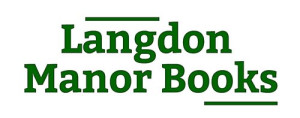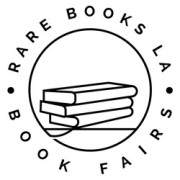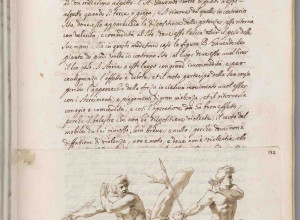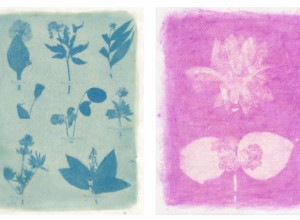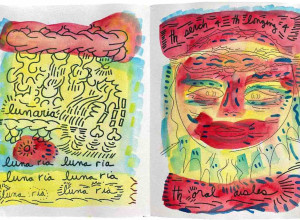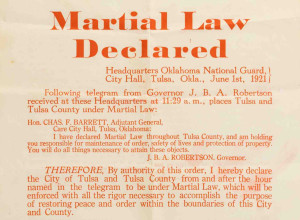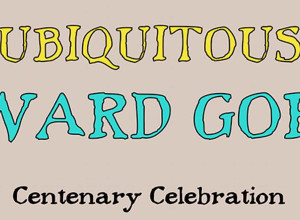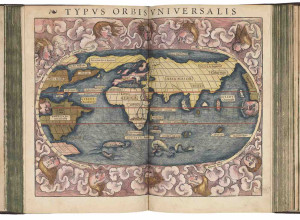Bright Young Collectors: Miriam Borden
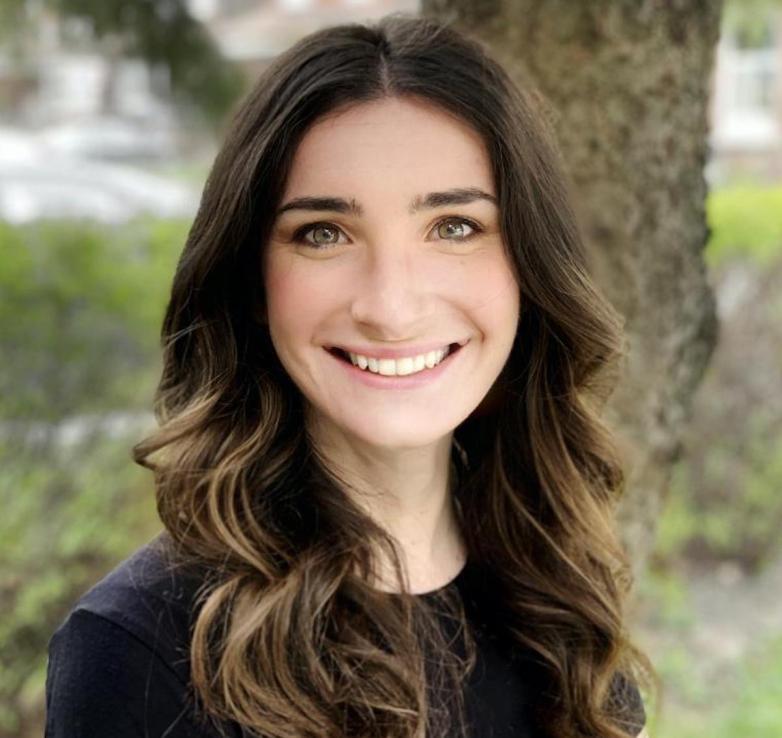
Our Bright Young Collectors series continues today with Miriam Borden, winner of the 2020 Honey & Wax Book Collecting Prize for women book collectors under 30.
-
Where are you from / where do you live? From New Jersey; now living in Toronto.
-
What did you study at University? I majored in Jewish Studies, with an emphasis on literature and history--which led me to my current program, a PhD in Yiddish Studies at the University of Toronto.
-
Please introduce us to your book collection. What areas do you collect in? I collect Yiddish books, broadly, but I emphasize textbooks, primers, and other educational materials produced for children in the Yiddish school system, from its heyday in the 1920s to its long decline, which reached into the 1970s. Teaching children Yiddish in the 20th century held a special significance. The question of language was paramount for modern Jewish expression and identity. Which was more appropriate: Hebrew, ancient and sacred--or Yiddish, modern and diasporic? The Yiddish school system in America was one answer.
-
How many books are in your collection? 17 clothbound hardcover primers, two dozen workbooks, dozens of mimeographed booklets, songbooks, and short plays, 3 sets of vocabulary flashcards, and 2 sets of playing cards for the word game Lexicon--in Yiddish.
-
What was the first book you bought for your collection? Rarely do I buy books like these: usually I inherit them from the original owners, or from former schools at long last packing up their buildings. The first book was a well-loved copy of Khumesh far kinder (New York, 1940), a simplified Yiddish translation of the Hebrew Bible for children, by the poet Yehoash. This book is in fact historic: the translation of the Hebrew Bible into a modern vernacular was a major achievement for activists and thinkers seeking to forge a modern Jewish identity.
-
How about the most recent book? Recently I was given a box of books that are in many ways equal and opposite to my existing collection: Hebrew children’s primers. Many Yiddish schools also taught children Hebrew—and there is an equally rich history of educational material for young Hebrew-learners from the same period. These tend to focus more on Jewish history—looking backward to the Jewish past—while Yiddish schoolbooks convey 20th-century imaginings of the Jewish future, ranging from rosy communist visions of brotherhood and global unity to the opportunities of America. Ironically, the legacy of the Hebrew primers, which in some ways looked backward, was ultimately the one that most Jews carried with them into the future, as the State of Israel provided the kind of infrastructure to Hebrew language education that Yiddish (a stateless language of diaspora) never properly received.
-
And your favorite book in your collection? Ikh lern zikh yidish: a leyen-bukh un shpil-bukh far onfanger (I Learn Yiddish: A Reading and Game Book for Beginners), a 1945 primer printed by Y. Kaminski in bold black and red, with iconic illustrations for each letter of the Yiddish alphabet. There are short rhymes, poems, songs, prose, fill-in-the-blank, matching, true-or-false, and instructions for exercises are in Yiddish. The book is like a time capsule: the title page illustrations of flowers, lions, and birds in the Russian folk art style evokes nascent Eastern European ideas about national pride and culture popular in the interwar period; the Yiddish instructions indicate that the children using this book already had some knowledge of the language, probably from native speakers at home.
-
Best bargain you’ve found? When the Toronto branch of the Workmen’s Circle (a left-leaning political-cultural fraternal organization over a century-old) sold its building last winter, I was there to adopt the materials from their bygone Yiddish supplementary school. This was how I acquired some of the most dynamic books in my collection: the ones with entertaining doodles, commentary, and other marginalia by students who used these books decades ago. I don’t know if I’d call this a “bargain,” per se—but it was a definite windfall.
-
How about The One that Got Away? The United Jewish People’s Order, another century-old Jewish fraternal organization in the city, once had a huge Yiddish library. Today, what’s left of it—about 2,000 books—is packed into boxes, sitting in a storage closet. But the Order also has a summer camp, where I’m told there were once even more books—and these were stored poorly, suffered significant water, mold, and pest damage, and were ultimately thrown away some time ago. We’ll never know which books were lost as a result—and what kind of history those books may have told. So it’s more like the Many that Got Away.
-
What would be the Holy Grail for your collection? A complete set of the primers authored by Y. Kaminski, mentioned above. The art is distinctive, the colors are vivid (and have remained vivid for over half a century), and his rhyming poems and short dialogues have become iconic—like the Dick & Jane of Yiddish. I would love to acquire the other four editions of his Ikh lern zikh yidish [I Learn Yiddish] books. Not only are they an aesthetic standout: the first edition came out in 1938, just a year before Nazi Germany invaded Poland, and the last edition appeared in 1948, the year the State of Israel was founded. Bracketed by these watershed moments in Jewish history, these editions are imbued with a poignancy—and an urgency—that is unique.
-
Who is your favorite bookseller / bookstore? The Yiddish Book Center in Amherst, Massachusetts! In addition to their awesome bookstore, which carries new works, they have a remarkable book repository of tens of thousands of used Yiddish books, collected over 40 years. Many of these are available to buy, and it’s always a thrill to take a real piece of history home with me.
-
What would you collect if you didn’t collect books? Vintage crockery and bakeware! I love jade and milk glass bowls, ornate jelly molds and bundt pans, the groovy floral designs on 1960s Corningware casseroles, delicate china sets with intricate designs. And of course, the pamphlets, recipe booklets, and cookbooks that combine things like Jell-o, fish, and mayonnaise in…interesting ways.





